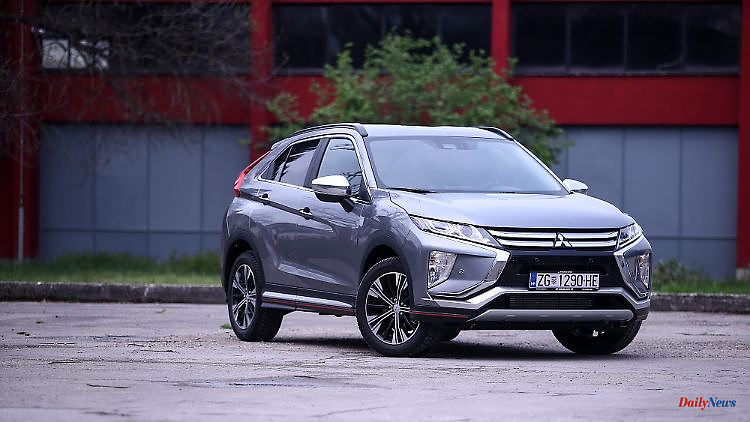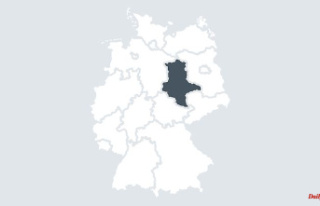With the Eclipse Cross launched in early 2018, Mitsubishi showed courage when it came to looks. The crossover is not boringly drawn and polarizes with its shape. You either like the Japanese or you don't. And what do the TÜV inspectors think of the compact model?
body and interior
The 4.41 meter long Mitsubishi Eclipse Cross oozes self-confidence. The beefy front and the coupé-like side line and the rear with the sharply sloping window attract attention. However, the dynamic layout gives an idea that optimal use of space was not at the top of the specifications. For tall people in the rear seats, it can get tight between the head and the headliner, and it is not easy to get into the rear through the rather narrow door openings. The trunk is smaller than most competitors; the sloping rear window further restricts usability for bulky goods. To compensate, there are individual seats in the rear that can be moved lengthwise by 20 centimetres. The trunk size varies accordingly from 359 to 448 liters. If the rear seat backrest is folded forward, it is 1159 liters.
The interior is far less polarizing than the exterior design. The color black dominates, occasionally loosened up by chrome and carbon-colored applications. The arrangement of the controls is rather conventional, but clearly structured.
In early 2021, the crossover received a facelift. Thanks to the new front and optically smoothed rear, the compact SUV now looks even beefier. The total length has increased by 14 centimeters. However, the growth does not change much in terms of space; the wheelbase and thus the interior dimensions remain the same.
engines and propulsion
First there was a 1.5-liter four-cylinder direct-injection turbo. The 120 kW/163 hp engine was offered in conjunction with a manual six-speed gearbox with front-wheel drive. The four-cylinder mobilizes 250 Nm and consumes an average of 6.6 liters. A continuously variable transmission (CVT) was available as an alternative to the manual transmission. The all-wheel drive variant was only delivered with a CVT. The 2.2-liter diesel with 110 kW/150 hp always drove up with 4x4 drive. An eight-speed automatic took care of the power transmission. The standard consumption was around 7 liters. At the end of 2021, Mitsubishi removed the combustion engines from the range; What remained was a plug-in hybrid with a system output of 138 kW/188 hp. This was introduced with the facelift.
equipment and security
Mitsubishi called almost 22,000 euros for the market launch for the crossover with petrol engine, manual transmission and front-wheel drive. The scope of equipment of the comfort level mentioned offers room for improvement. Vehicles with the Plus equipment have, among other things, infotainment including a touchscreen, two-zone automatic climate control, 18-inch model and reversing camera on board. LED headlights, 360-degree cameras, leather seats and heated seats are added to the top. Numerous assistants such as front collision warning, lane departure warning, blind spot warning and distance cruise control are also part of the equipment lines. The extras for first-time buyers were metallic paint, a panoramic glass sunroof and a navigation system. In the NCAP crash test, the Eclipse Cross achieved a five-star result.
Quality
The Japanese passed his first visit to the TÜV main inspection without any faults. The crossover showed no weaknesses in the areas of chassis, brakes, light and environment. With a rate of 94.6 percent for flawless specimens, he surpassed the average of 91.6 percent.
Conclusion: If you are looking for a compact crossover that looks a little out of line, the Mitsubishi is the right choice. If personal taste is then in line with the vehicle design, you have to invest at least around 16,000 euros.












